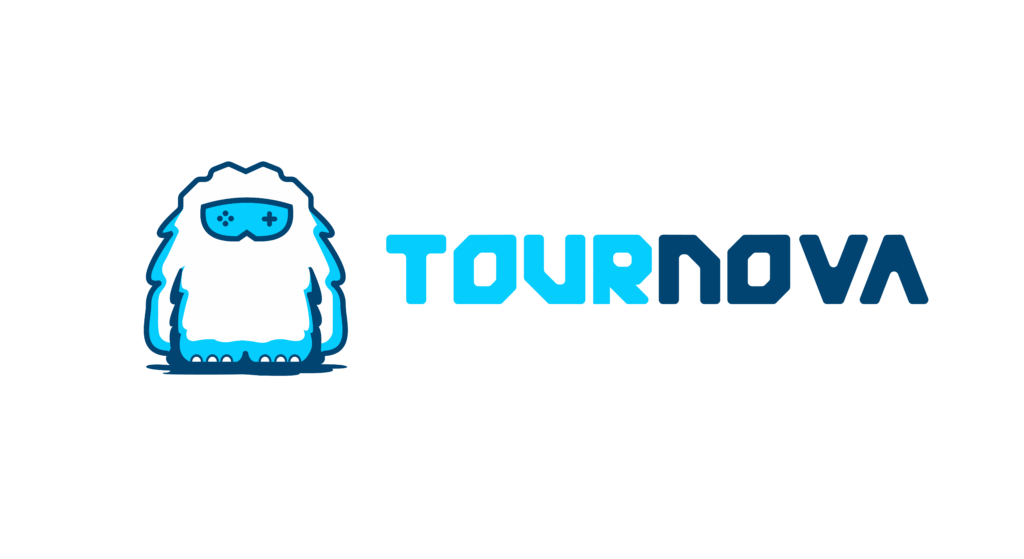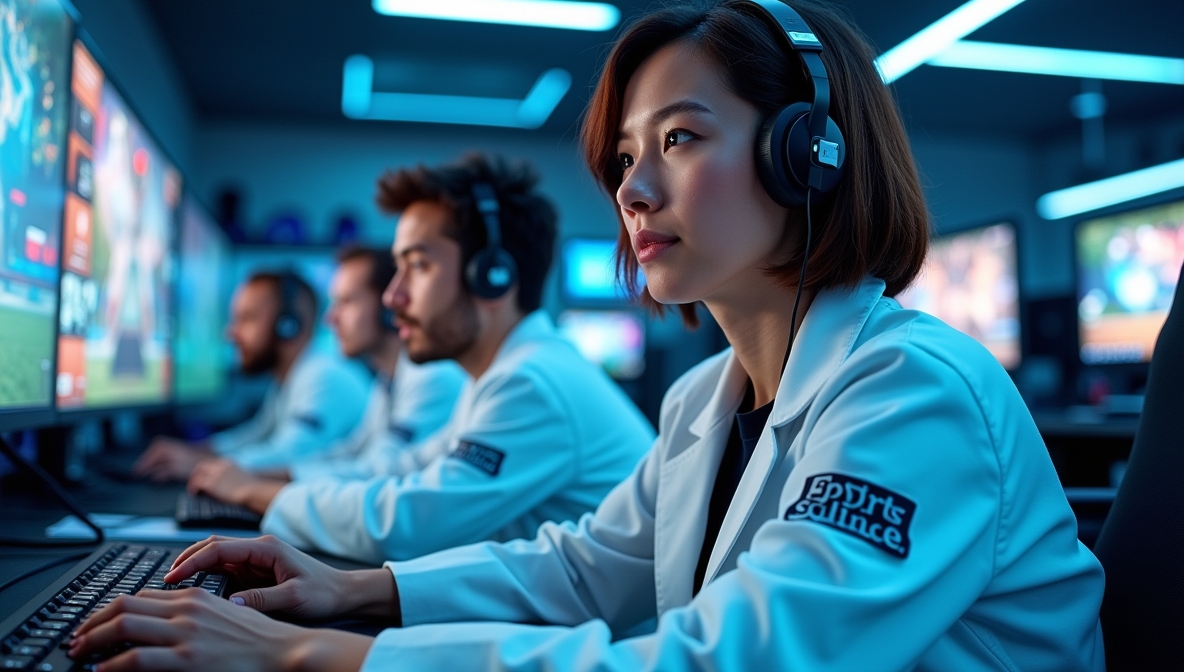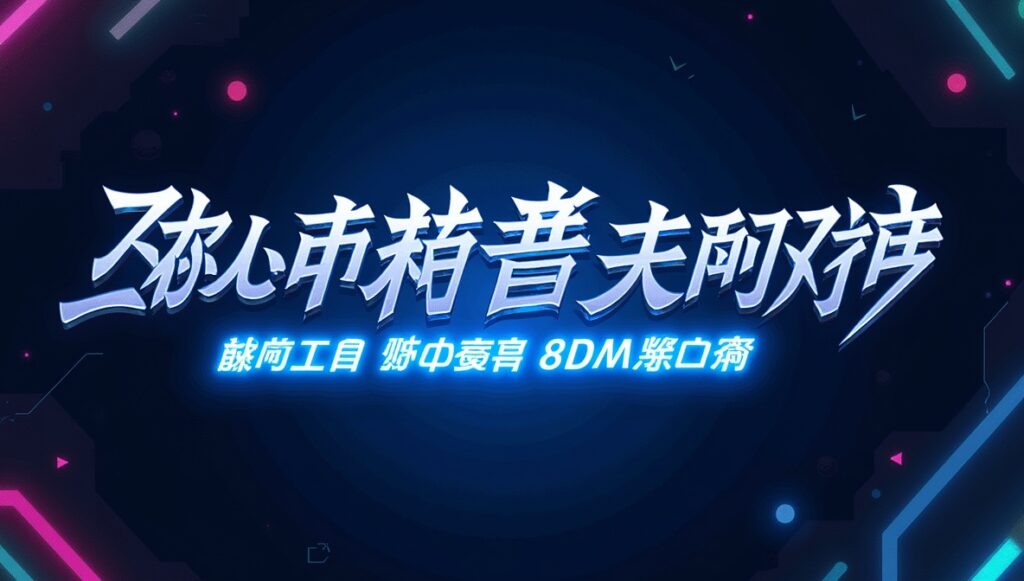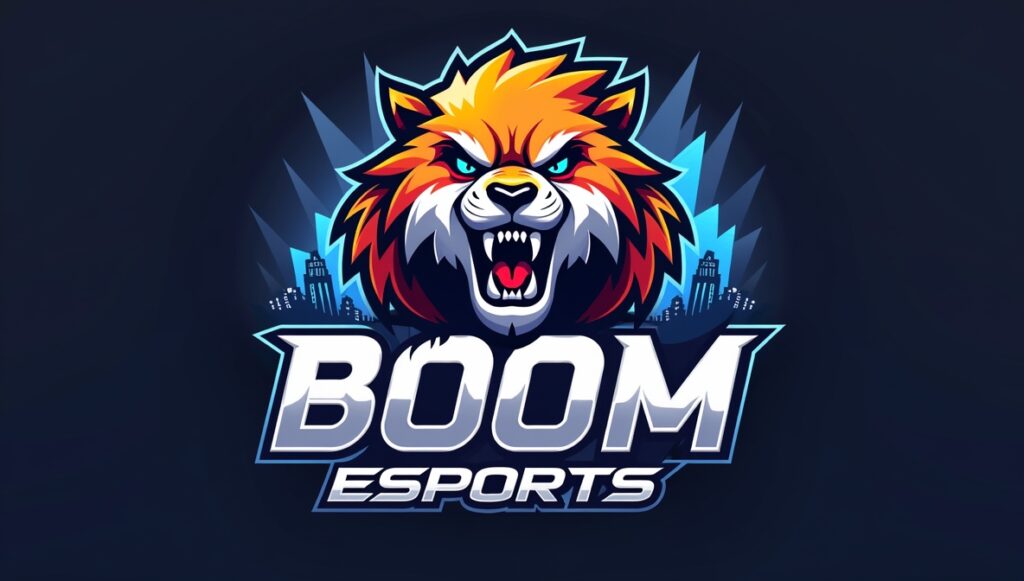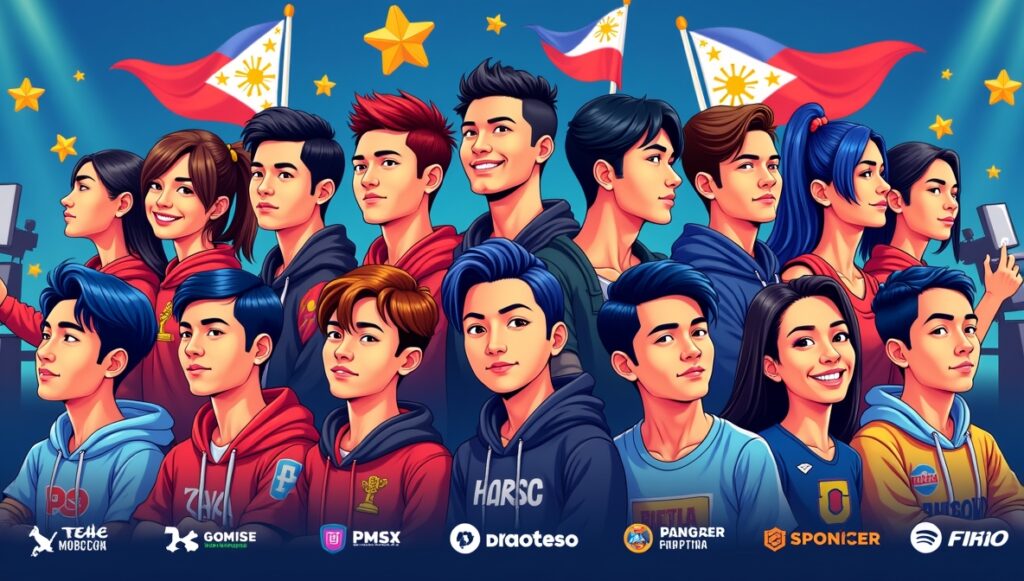I still laugh when I remember my uncle’s reaction to an esports tournament stream—the kind where the whole stage is lit up like a rocket launch, fingers darting across keyboards while fans cheer as loud as any football crowd. My uncle, with disbelief, asked, “Do they actually get tired playing video games?” What he didn’t realize is that esports science reveals the tension in a pro’s hand, the sweat on their brow, and yes, their rapid-fire heart rate; all telling a deeper story. There’s something fascinating about comparing a League of Legends Grand Final to Wimbledon or the Champions League. We’re living in an age where competing minds and bodies meet, and the old lines between “physical” and “mental” are thinner than most outsiders realize.

- It combines strategy, teamwork, and lightning-fast reflexes.
1. Esports Science: Why It Matters in the Age of Competition
Behind the screens, this debate isn’t just about curiosity. As stadiums fill for CS2, Valorant, or FIFA, and as viewing numbers rival the World Series, the question “Can esports match traditional sports for real, science-backed challenge?” grows louder. Maybe you’ve wondered yourself if the best gamers push their limits in a way that deserves respect; or if “gamer” is just code for “not an athlete.” Answering these questions means understanding not only the hidden struggles but also the remarkable similarities; and that, right now, is more important than ever.
Let’s be honest, the biggest misconception is that esports pros have it “easy.” Many don’t see the hours; sometimes 10-14 a day; spent not just battling in games but battling mental fatigue, body strain, and the same kind of pressure-cooker stress you’ll find at the Olympics. Science gives us the tools to finally compare, side by side, what’s really being asked of both competitors. And for every skeptic, the numbers and stories can be eye-opening.
2. The Physical Challenges of Traditional Sports: Science on Sweat
If you’ve ever tried running sprints after school or watched Olympic swimmers wolf down 10,000 calories a day, you know sports are brutal on the body. Traditional athletes spend years tuning strength, explosive power, coordination, and recovery. Everything’s measured: from VO2 max (the gold standard of aerobic capacity) to the infamous NFL Combine, where recruits jump, dash, and lift for scouts. It’s not just about muscles; elite soccer players can cover 12 kilometers in a 90-minute match, while basketball pros sprint, jump, and jostle through dozens of high-impact maneuvers. Now, esports science is beginning to track its own version of these metrics: reaction speed, cognitive endurance, stress response, highlighting just how physically and mentally demanding elite gaming can be
Progress is tracked and optimized; fitness bands, heart monitors, and even sleep trackers show how the tiniest improvement can mean victory or defeat. Practice is relentless, but injury risk- ACL tears, concussions, muscle strains- is always lurking. It’s a science honed over centuries, with modern labs cranking out endless data to help shave milliseconds and fine-tune every movement.

- Quick reflexes, hand-eye coordination, and decision-making are crucial in esports.
3. Hidden Physical Demands of Esports: More Than “Just Sitting”
One afternoon, I tried copying a pro’s League of Legends warmup: wrist circles, hand stretches, then 2 hours straight of aim training. Within 30 minutes, my forearm was burning! Here’s the truth: esports isn’t just “sitting still.” Top players clock 300+ APM (actions per minute); that’s five actions PER SECOND, sustained for hours. Factor in micro-movements, lightning swaps between keys, constant screen scanning, and you’re measuring dexterity and stamina.
Science digs deeper: Researchers now track gamers’ heart rates, noting spikes similar to basketball’s clutch moments. Reaction time is legendary; top FPS players can detect and respond to cues in under 150 milliseconds. And let’s talk injury; repetitive strain, “mouse wrist,” eye fatigue, and back pain are real enemies. Teams bring in physiotherapists, use ergonomic chairs, blue-light glasses, and have recovery routines built into practice days. Esports medicine? It’s real, and growing fast.
Sure, you won’t see a pro gamer bench-pressing 300 lbs mid-match. But ignore posture, stretching, and rest, and even the best might lose their edge; or their careers.
4. Inside the Mental Arena: Strategy, Stress, and Staying Sharp
High-level gaming isn’t just twitch reflexes. Ask a CS2 in-game leader after a 2-hour map; just making decisions, reading the enemy, and staying composed is a marathon of focus. Esports science reveals that multitasking, memory, decision speed, and emotional control are the lifeblood of performance.
Psychologists who work with pro teams note that big matches trigger the same stress hormones (like cortisol) as traditional sports finals. “Choking” under pressure or “tilting” after a setback? The brain’s panic circuits are the same ones a tennis player battles while serving for the match. Gamers train grit, resilience, and the mythical “flow state” as much as any quarterback or striker.
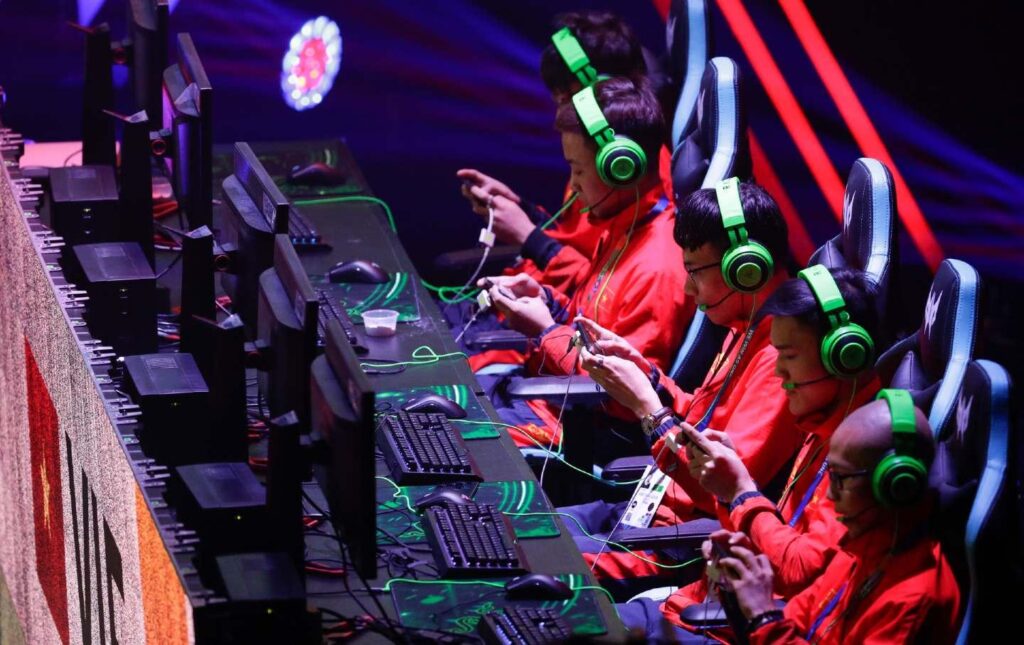
- Long matches demand posture control, endurance, and sustained focus.
Burnout is a different beast, too. Long training blocks and “always online” culture take a toll, and mental fatigue can be more punishing than any pulled muscle. Many teams now employ sports psychologists, and some have developed mindfulness/mindset programs to teach players how to bounce back from tough losses and maintain their edge.
5. Habits, Preparation, and Recovery: The Art of Elite Training
Preparation looks almost military on both sides; nutrition, coaching, ritual, rest. Traditional athletes rise early for runs, gym sessions, and film study. Esports pros? While the muscle groups may change, the intensity doesn’t: early warm-ups, reaction training, strategy coaching, solo drills, team scrims, and review sessions fill their days.
A friend on a top European esports squad once told me his coach checks hydration and caffeine levels hourly during bootcamps, right up there with reminding players to stretch and power nap! This attention to detail is all part of esports science, which studies how these factors impact performance. Pre-match rituals; whether a specific breakfast, music playlist, or breathing routine; help dial in the zone. When injuries (be it wrist pain or a sprained ankle) crop up, physio and active recovery work is scheduled fast.
Burnout is managed through mandatory off-days, with some teams organizing wellness retreats. “Mental stamina is physical stamina in disguise,” one pro told me, citing how sleep, diet, and vision health now get as much focus as mechanics or strategy.
6. Science in Action: Cutting-Edge Data and Surprising Insights
Academic labs and sports institutes; from Loughborough to Cologne’s ESports Research Group; are measuring APM, heart rate, and even brain wave data of top esports pros. Peer-reviewed studies have shown, for example, that pro gamers’ reaction times rival or even surpass athletes in motorsports or fencing. Endurance? Heart rates in finals can spike to 160 bpm; just like a mid-distance runner’s.
Player error rates rise with low sleep or high stress; tracked by cognitive tests before and after marathon matches. Medical journals report gamer injuries cluster in wrists, fingers, and eyes, while traditional athletes see more knee and shoulder woes.
Elite performance optimization isn’t just fiction; sleep scientists, nutritionists, and “performance directors” chart recovery protocols and custom training based on hard data to help pros push past plateaus. In fact, esports science has joined forces with traditional sports science, as some of the smartest minds in neurology and athletics collaborate to engineer “next-gen human performance.” Both fields are learning from each other, pushing the boundaries of what the human body and mind can achieve.
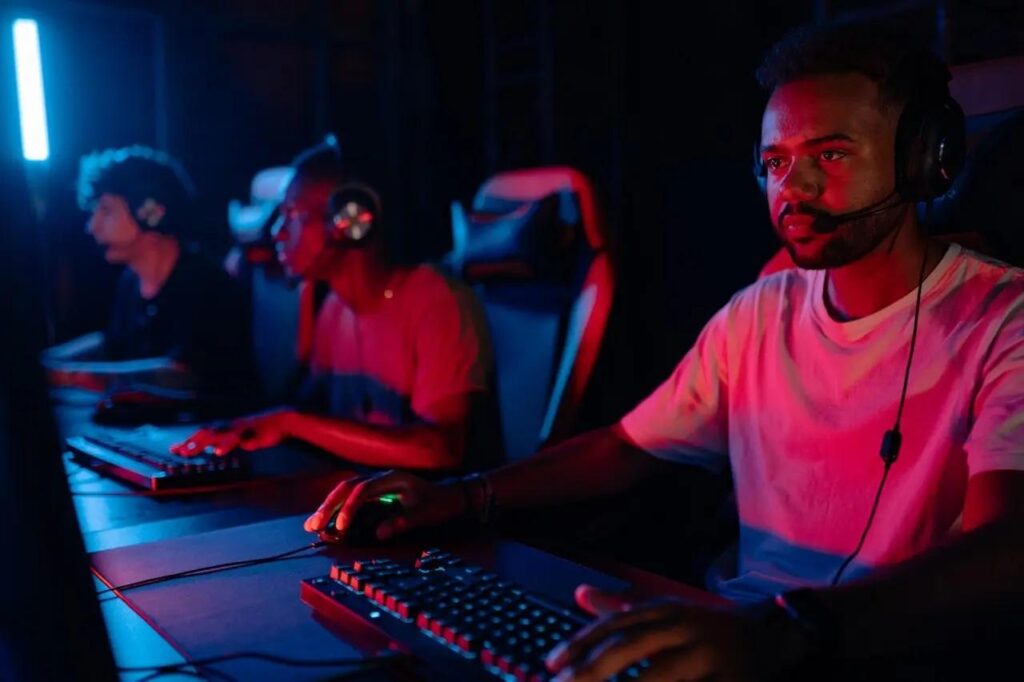
- Reaction times in top gamers often rival those of elite athletes.
7. The Future: Where Mind and Body Become One
Boundaries are blurring rapidly: football pros warm up with FIFA tournaments, while esports organizations run cardio and mindfulness courses for their squads. Wearables, VR, and biofeedback tools are making it easier to monitor and boost every aspect of performance. Some see a future where the “athlete” of the 2030s is a blend of strategist, reaction machine, and physical performer; on and off the field.
Hybrid training, cross-team collaborations, and university-level esports science labs are already appearing. The ongoing research hints at new ways to prevent injury, supercharge learning, and prepare the human body and mind for anything; be it a World Cup or a League of Legends Worlds final.
We’re on the edge of a new age: one where science is the bridge, and respect is the destination.
Where Science Meets Competition: How Tournova Makes Esports Training Count
The article reveals just how rigorous and science-driven modern esports has become, demanding both physical precision and mental stamina on par with traditional sports. Tournova’s platform is built for exactly this next generation of competitors; making it simple for anyone, from up-and-coming talent to community organizers, to set up real tournaments where all that training pays off. By offering tournament management tools through Telegram and Discord, Tournova lets players experience structured competition, complete with automated bracket management and seamless prize distribution, so the focus stays on what matters: gameplay and progress.
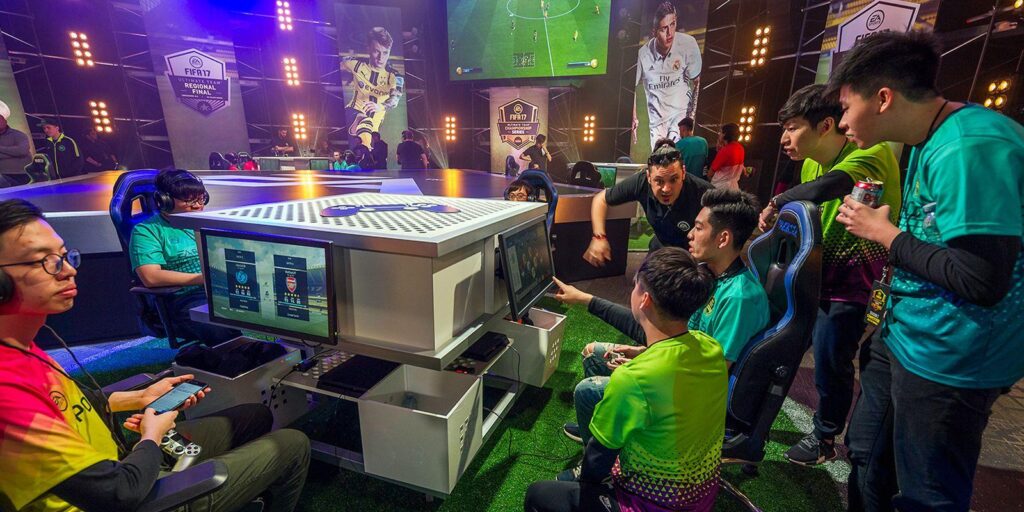
- Esports players face physical strain too; wrist injuries, back pain, and eye fatigue.
Just as the article spotlights how athletes are constantly measured and rewarded, Tournova’s token economy does the same for digital competitors. As players take on challenges, rise through leaderboards, or participate in special events, they earn platform tokens that unlock entries to exclusive tournaments, special digital items, or in-app auctions. It’s a reward system that mirrors the “science of earning respect” highlighted in esports research; helping players turn skill, effort, and science-backed improvement into tangible recognition across every match they play.
8. In Conclusion: The Science of Competition Deserves Respect
Witnessing both a penalty kick and an esports clutch isn’t just entertainment. It’s a showcase of human limits, measured in labs and lived on the field; or behind a screen. Science is finally catching up to what pro athletes and gamers already know: greatness is a blend of physical and mental skill, honed by sweat, failure, and relentless curiosity. Next time you catch a big game, whichever kind, remember: while arenas and uniforms may change, the science of competition, including esports science, and the respect it earns, is the same everywhere.
FAQs
1. Are esports athletes tested for physical and cognitive performance before joining pro teams?
Yes! Many teams run medical and cognitive screening: reaction time, vision, grip strength, and even resilience under stress; just like a sports draft combine.
2. How do esports pros avoid long-term health problems from all those hours at the screen?
Teams and leagues increasingly require regular physiotherapy, scheduled breaks, blue-light reduction, standing desks, and vision checks to prevent repetitive strain and burnout.
3. Can scientific training in esports improve a traditional athlete’s competitiveness?
Absolutely; many traditional teams now use esports-inspired “brain training” apps and VR to sharpen mental processing, multitasking, and strategic thinking.
4. What academic fields are leading the research on esports science?
Universities with neuroscience, sports science, and human performance centers (like Loughborough, the University of Cologne, UCI) are leading the charge; often with dedicated esports labs and funding.
Infographics:
The Science Behind Esports: Physical & Mental Demands Compared
—
Rethinking Athletic Demands
– Both esports and traditional sports push competitors to the limit; one with muscle and endurance, the other with mind, reaction, and relentless discipline.
– Elite gamers endure 10–14 hour training days managing physical strain, mental fatigue, and nonstop pressure.
—
Physical Demands: Lab-Backed
– Top esports pros average over 300 actions per minute, with reaction times as swift as Olympic athletes.
– Teams fight wrist, back, and eye injuries with physiotherapy, ergonomic gear, and precise recovery routines.
– Heart rates during finals can spike as high as a runner’s mid-race!
—
Mental Arena: Focus vs. Fatigue
– Pro gaming requires rapid decision-making, multitasking, and composure under intense stress; triggering similar brain responses as sports finals.
– Burnout is real; sleep, nutrition, and mindset coaching are crucial.
—
Science Unites the Fields
– Universities now study esports side-by-side with traditional sports; measuring performance, health, and even brainwaves.
– Hybrid training and cross-discipline research are breaking down old barriers.
—
